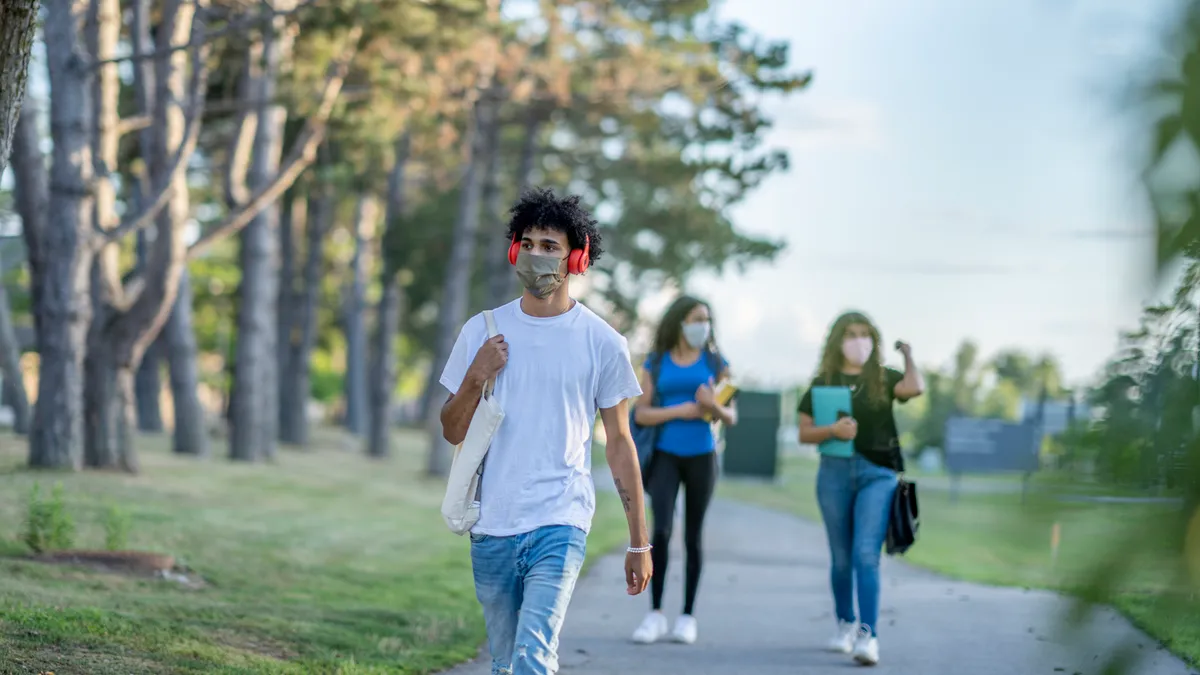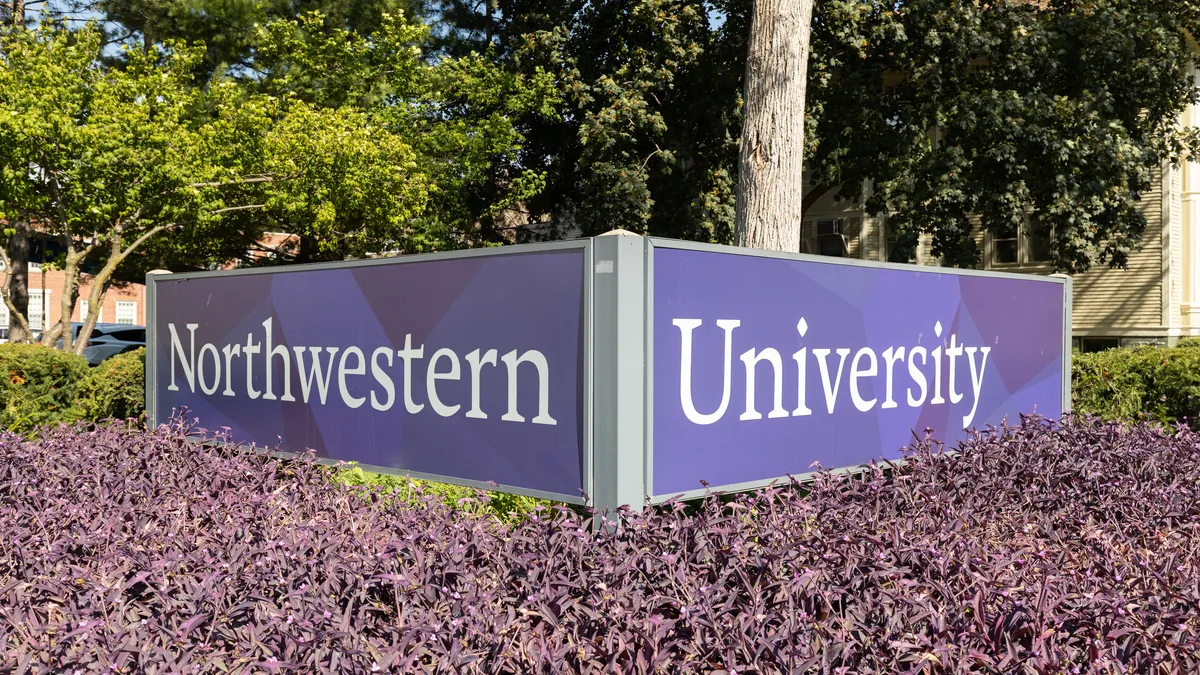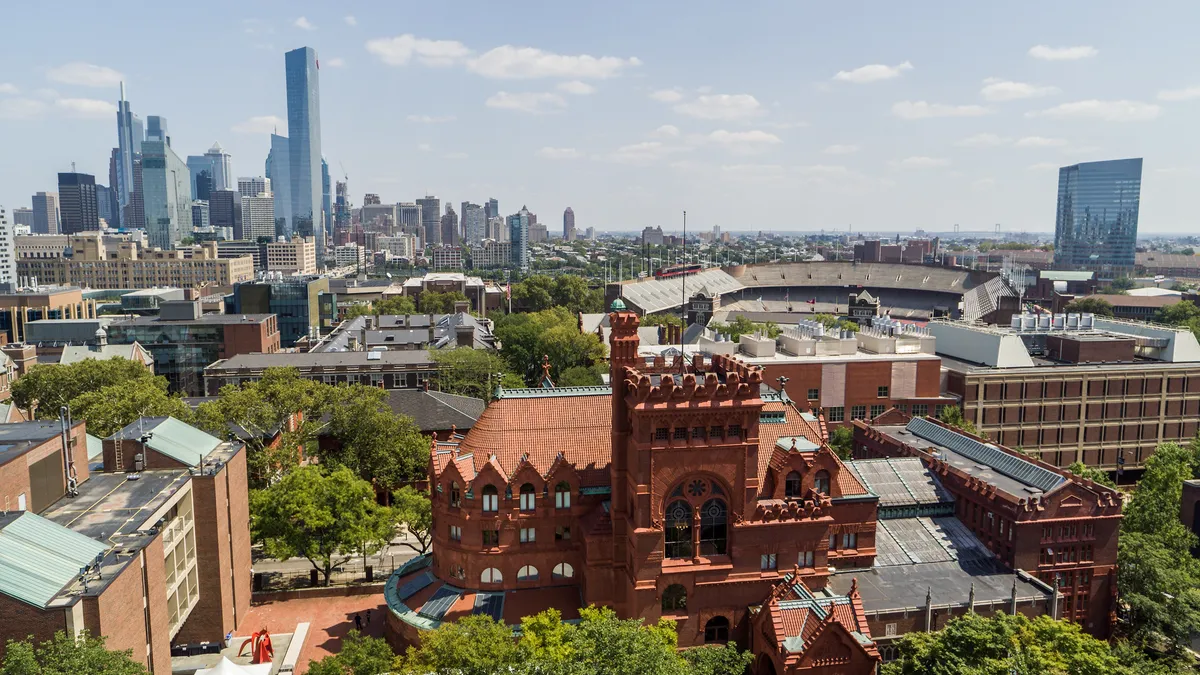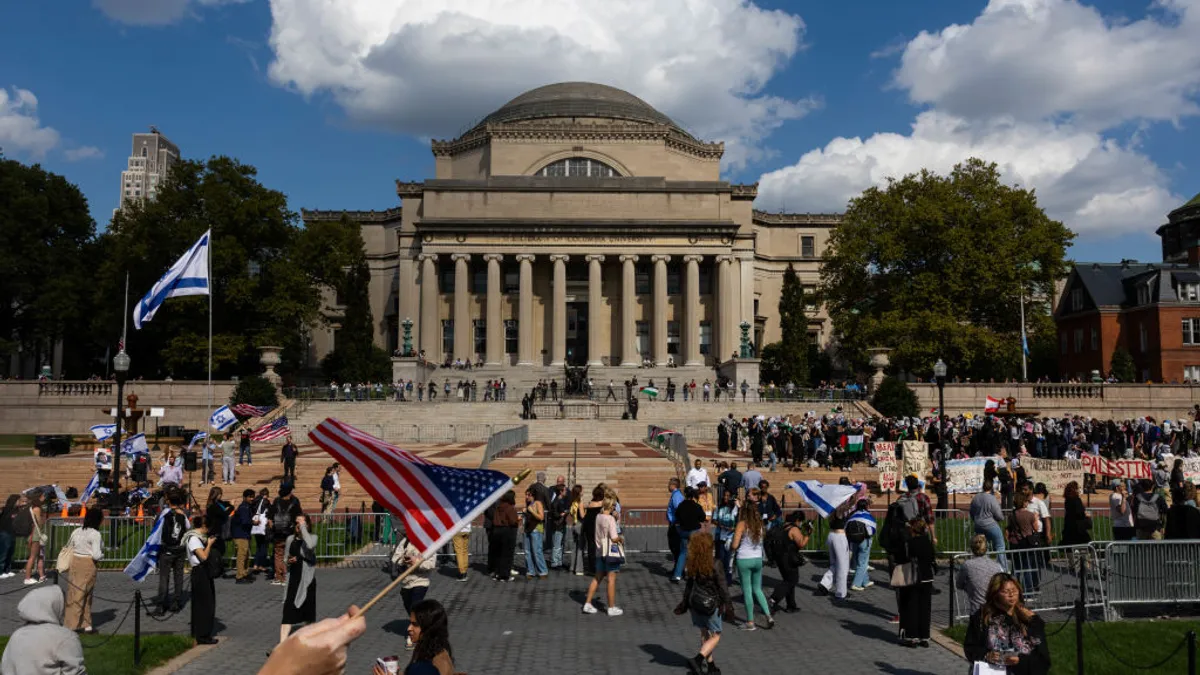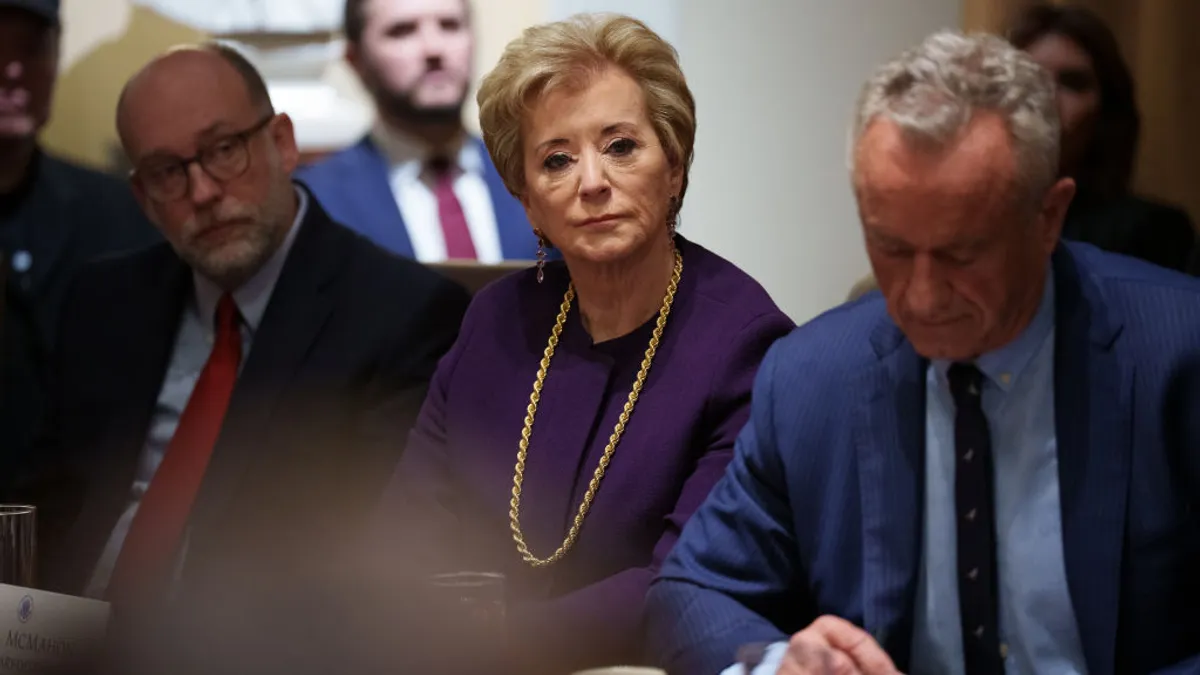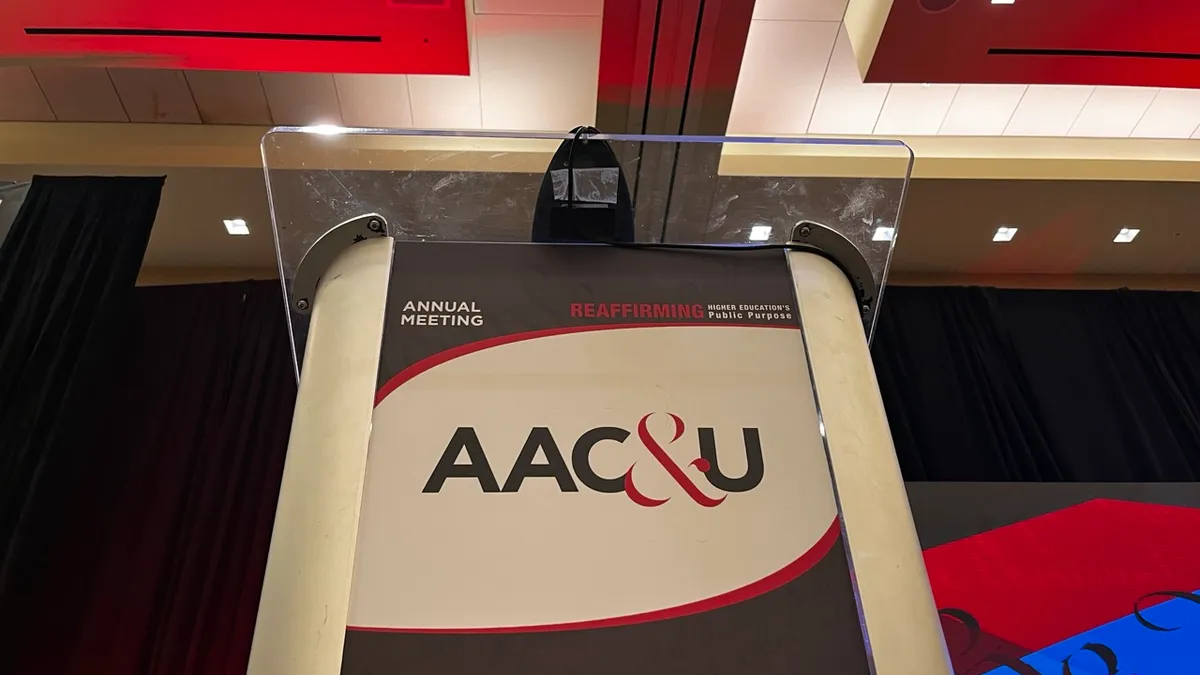This story is part of the Higher Ed Dive Outlook on 2021, a series on the trends that will shape the industry in 2021. For a look at the business trends affecting other industries, see the Dive Outlook on 2021.
We're all hoping some degree of pre-pandemic life will return in 2021. But for higher education, many of the trends that dominated storylines in 2020 will continue into this year. We've rounded up a few below and will be following them throughout the year.
Will enrollment bounce back?
Colleges collectively enrolled about 560,000 fewer undergraduates this fall, a 3.6% decrease from a year ago. The losses were much steeper at community colleges and among first-time students. While the pandemic hasn't been found to have had a negative effect on overall high school graduation rates, low-income schools and those with high shares of Black and Hispanic students sent far fewer graduates to college this fall. The number of international students at U.S. colleges also tanked.
What's next? Enrollment experts predict the impact of the losses will reverberate, and they are watching whether more displaced workers will show up at colleges in 2021. But college applications and federal financial aid requests for fall 2021 were lagging where they were a year ago as of early December, according to national data, suggesting lower enrollment levels may continue.
What will the Biden administration's higher ed priorities be?
President-elect Joe Biden has promised to make community college — and, for some students, a four-year degree from a public institution — tuition-free. He has also said he'd invest heavily in minority-serving institutions and toughen restrictions on for-profit colleges. Other items on his campaign platform include doubling the Pell Grant and devising a new way to fund colleges that educate high shares of low-income students.
What's next? Biden is selecting his leadership team. He recently announced Miguel Cardona as his pick for Education Secretary, a decision the U.S. Senate must confirm. Cardona comes from a K-12 background, but yet-to-be-announced deputy appointees will help guide the department's higher ed policy.
Can colleges bring more students back to campus?
Public health experts are hopeful the availability of coronavirus vaccines means reopening campuses is on the horizon, they told Higher Ed Dive in December. But continued testing for the virus will be critical, and many colleges bringing students to campus this spring say they're ramping up those efforts.
What's next? It's too soon to ditch the facemasks. The U.S. is only in the early stages of vaccine distribution, so COVID-19 safety measures will be necessary for some time, experts said. Vaccines are expected to be widely available by mid-year, but recent polls found that only around 60% of people would get the shots. Scientists are also still researching how contagious vaccinated people are when they contract the virus.
Anthony Fauci, director of the National Institute of Allergy and Infectious Diseases, said in late December that he is "cautiously optimistic" college campuses will be able to reopen this fall.
Are the SAT and ACT a thing of the past?
When SAT and ACT exam sites closed or reduced capacity because of the coronavirus, hundreds of colleges put a moratorium on the requirement. That added fuel to the already brewing movement to make the tests optional or remove the requirement altogether. In May, exam makers were dealt another blow: The University of California System said it would phase out the tests in admissions. A court ruling this fall accelerated that plan.
What's next: The difficulty offering the exams continued into the fall, and some colleges have extended their test-optional policies. But the tests are important to their makers' business models, in part because they sell the student data back to colleges. The new head of the national college admissions trade group said in June he would try to work with the testing companies, calling the moment "the perfect storm for reinvention."
How much will online learning stick around?
Colleges moved courses almost entirely online during the span of a few weeks last year. Some brought back in-person instruction for the fall and spring. But online learning experts say the pandemic accelerated a long-running push for colleges to offer more instruction virtually.
There appears to be an appetite for it. More traditional-age students were enrolling in online-only schools before the pandemic.
What's next: The companies that help colleges offer online programs are seeing an uptick in business. And more course-sharing consortia emerged during the pandemic, giving schools a less-intensive way to expand their online footprints.
These trends may not help the sector bounce back from recent enrollment declines, however. Data from the National Student Clearinghouse Research Center shows significant enrollment drop-offs in programs at two-year schools, such as in culinary services and mechanic and repair programs. That could be because those courses are difficult to offer online, Doug Shapiro, the center's director, told reporters in December.
Other topics on our radar include the effects of pandemic-induced budget cuts at colleges nationwide, the impact of more coronavirus relief funding and the increasing collective action among college employees.



